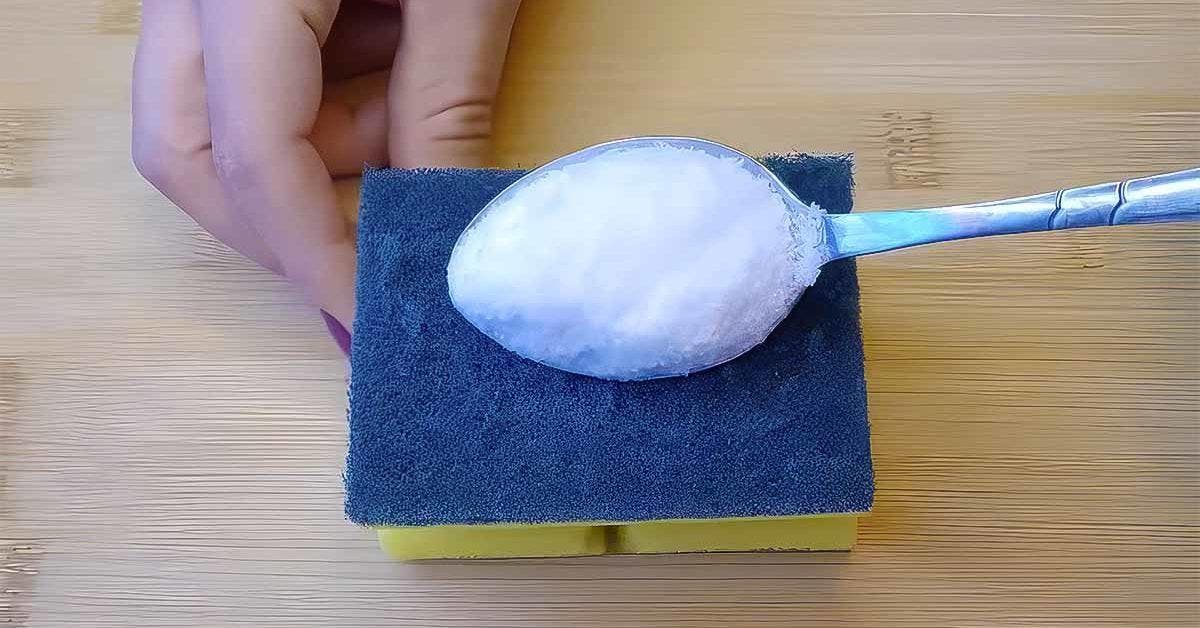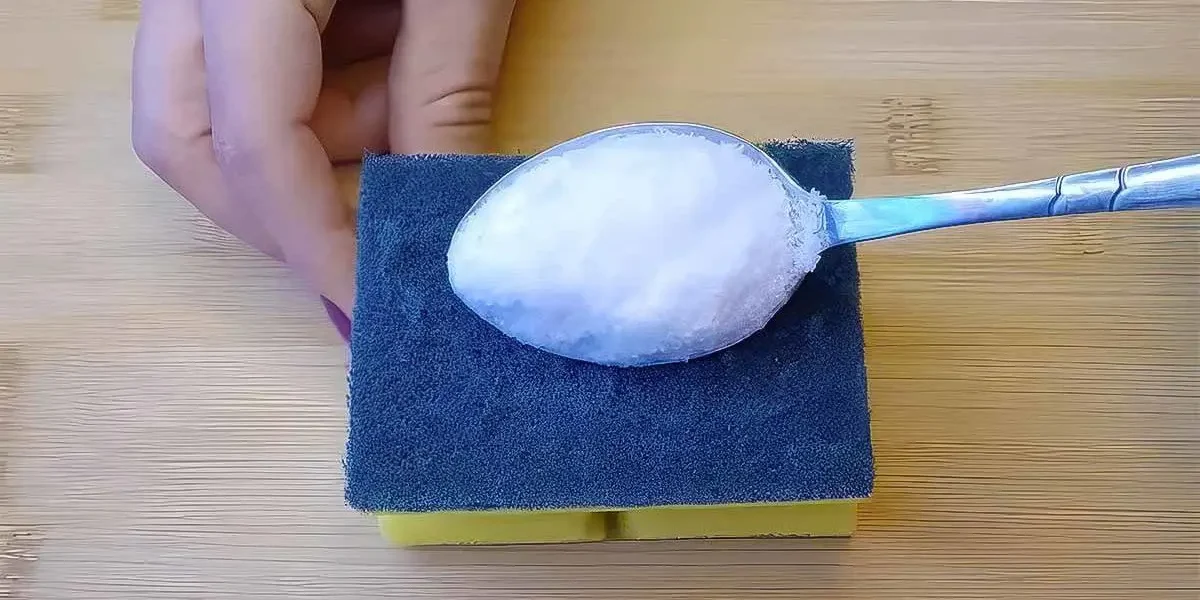
Home cleaning tips can transform our daily household chores into more efficient and hygienic experiences. Among these tips, using salt and vinegar to clean a dish sponge stands out. Discover this ingenious method, explaining why and how to apply it to maximize hygiene in your kitchen.
Why sprinkle salt on a dish sponge?
The idea of sprinkling salt on a dish sponge may seem strange at first. However, this household tip has a solid scientific basis. Salt is a natural antibacterial agent, known for its disinfectant and sanitizing properties.
By sprinkling salt on the sponge, you create an environment hostile to bacteria and other harmful microorganisms. This action prevents the growth of bacteria, reducing the risk of cross-contamination in the kitchen.
Adding vinegar
Vinegar, another common kitchen ingredient, is known for its antibacterial and antifungal properties. When combined with salt, it enhances the disinfectant effect. Vinegar also helps dissolve food residue and grease, leaving your sponge clean and odor-free.
How to proceed ?
- Generously sprinkle salt onto the damp sponge.
- Then pour white vinegar over the salt to completely cover the sponge.
- Let sit for about 15 minutes. This duration allows the mixture to penetrate deep into the pores of the sponge and act effectively against bacteria.
- Flip the sponge over and repeat the process on the other side.
- After the rest time, rinse the sponge with clean water. It is now ready to be used again.
Cleaning frequency and sponge replacement
To maintain a clean and hygienic kitchen, it is advisable to clean the sponge in this way at least once a week . However, despite these precautions, dish sponges can still harbor bacteria. It is therefore recommended to replace them regularly , ideally every two to four weeks .
Other Tips for Keeping a Sponge Clean
- After each use, rinse the sponge with warm water to remove food debris and soap scum.
- Dry the sponge after each use. Bacteria grow faster in humid environments.
- You can also disinfect the sponge by microwaving it. Moisten the sponge and place it in the microwave on high for one minute.
Using salt and vinegar to clean a dish sponge is a simple, economical and effective tip for maintaining optimal kitchen hygiene. By adopting this method, you help reduce the presence of bacteria in your kitchen space.
